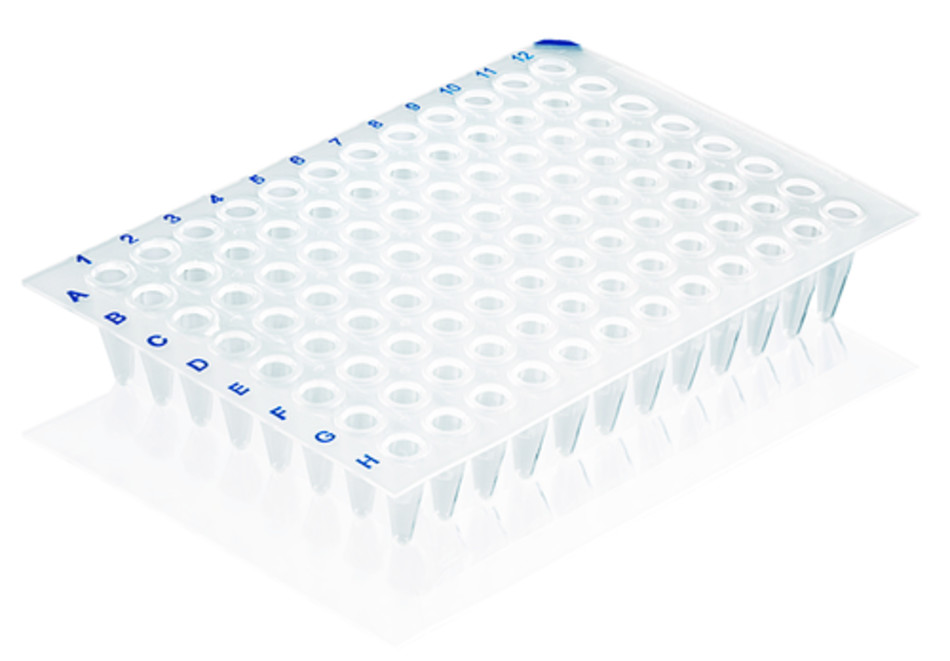

QPCR experiments must amplify DNA since Taq polymerase cannot transcribe RNA. For more information on melt-curve analysis, see the DECODED article, Explaining multiple peaks in qPCR melt curve analysis. Therefore, it is important to confirm the formation of a single product from intercalating dye assays by analyzing the melt curve of the amplicon or repeating the experiment using a 5’ nuclease assay.


However, intercalating dyes will interact with any double-stranded product and will fluoresce with non-specific products such as primer-dimers and hairpins. When new, double-stranded DNA is formed during the reaction, there is a measurable increase in fluorescence as the dye intercalates into the DNA. These assays use only primers and an unbound dye. Intercalating dye assays depend on the ability of dyes such as SYBR ® Green (Thermo Fisher), Cyto, EvaGreen ® (Biotium), and LC Green ® (Biofire Defense, LLC) to fluoresce when intercalated into double-stranded DNA. Multiplex qPCR experiments require use of 5’ nuclease assays where the probes are labeled with different dyes having distinct and separable absorbance spectra. As the Taq polymerase extends from the primers, it encounters and degrades the annealed probe, releasing the dye from the quencher and producing a detectable increase in fluorescence. These assays include two primers, and a probe that is labeled with a fluorescent dye and quencher(s). 5’ nuclease assays, sometimes referred to as PrimeTime™ or TaqMan ® assays (Roche Diagnostics), exploit the exonuclease activity of Taq DNA polymerase. The two frequently-used variants of qPCR are the 5’ nuclease assay and the intercalating dye assay. A lower C q correlates with higher target expression in a sample. The cycle at which fluorescence from amplification exceeds the background fluorescence has been referred to as threshold cycle (C t), crossing point (C p), and take-off point (TOF) by different instrument manufacturers, but is now standardized by the MIQE guidelines (see Additional Resources for more information) as the quantification cycle. Quantification cycle (C q) or threshold cycle (C t)
#Pcr stands for serial#
Relative quantification compares the amplification curve to an internal standard mRNA or DNA whereas, absolute quantification interpolates the amount of target based on a standard curve created from serial dilutions of a known amount of DNA or RNA. There are two options for analyzing qPCR results, relative quantification or absolute quantification. In contrast, a lower amount of beginning template will take more cycles to reach the same fluorescence intensity. Since the number of copies theoretically doubles in each cycle, when comparing two amplifications, the assay with more copies of a template in a sample will amplify faster and release quantifiable fluorescence in an early cycle. Real-time PCR and qPCR reactions differ from a regular PCR reactions since a fluorophore is released during the amplification, the amount of which correlates to the amount of template copies created. That said, the terms are often used interchangeably. qPCR introduces the idea that the data provides quantification of the target DNA. Real-Time PCR refers to the fact that measurements are made in real time, during the amplification of the target DNA. Real-time PCR and quantitative PCR (qPCR) In this article, we provide an introduction to some of the most commonly used terms and distinctions encountered in qPCR experiments. The IDT Customer Care Team frequently receives calls during which representatives are asked to define qPCR terminology.


 0 kommentar(er)
0 kommentar(er)
